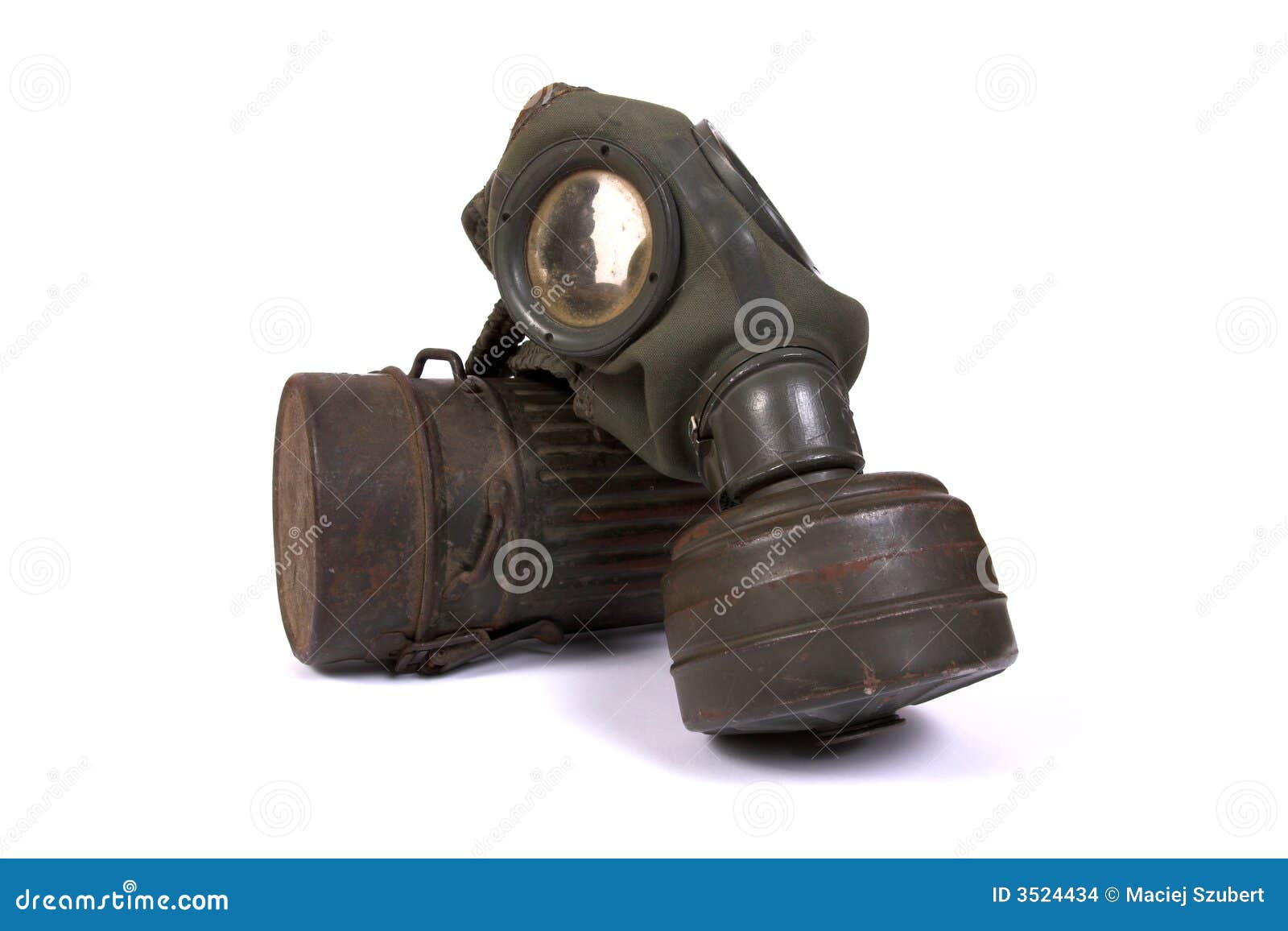

This includes not only the main engines and boilers but also all the auxiliaries and accessories necessary for the successful operation of the engines and for their maintenance in efficient condition. The Bureau’s field is, therefore, largely that of dynamical engineering, covering the design, construction, maintenance, and repair of all steam and internal combustion engines used for propelling vessels of the Navy, as well as the electric motors and generators used in the case of “electric drive ” ships, and the storage batteries and electric motors for submarines. The Navy Regulations state in broad terms that the duties of the Bureau comprise, amongst others, “all that relates to designing, building, fitting out, and repairing machinery used for the propulsion of naval ships,” the word “ships” including all floating craft of whatever description. In order that the scope of the work performed by the Bureau of Steam Engineering 1 may be clearly understood, there is submitted below a brief summary of its functions during the war. Naval Reserve Force, I am under special obligation for assistance in preparing and in editing the manuscript.ĪCTIVITIES OF THE BUREAU OF STEAM ENGINEERING DURING THE WORLD WAR. However, the entire story is submitted in the belief that the facts recorded have in them sufficient merit to be of general interest to all officers of the Navy, as well as to engineers either directly or remotely interested in the activities of that Bureau of the Navy Department which is responsible for the efficient operation of the motive power of our ships. In some cases the records of important undertakings were so condensed, on account of war conditions, as to give all too brief mention of events that are deserving of extended notice. Around one and a half million were produced in 1916–1917.In preparing this narrative of the operations of the Bureau during the war, I have been embarrassed on account of the fact that most of it was written so long after the events recorded-when the officers intimately associated with the work had either been ordered to sea duty or placed on inactive duty-that it has been almost impossible to give adequate space to many matters that deserve recognition. The PHG Helmet appeared in January 1916 and was similar to the PH Helmet but had a facepiece made of rubber sponge to add protection against tear gas. Around 14 million were made and it remained in service until the end of the war by which time it was relegated to second line use. The PH Helmet (Phenate Hexamine) replaced it in October 1915, and added hexamethylene tetramine, which greatly improved protection against phosgene and added protection against hydrocyanic acid.

It had flannel layers of cloth-dipped in sodium phenolate and glycerin and protected against chlorine and phosgene, but not against tear gas. The exhale valve was needed because a double layer of flannel – one treated and one not – was needed because the solution attacked the fabric. It featured two mica eyepieces instead of the single visor of its predecessor, and added an exhale valve fed from a metal tube which the wearer held in his mouth. appeared in July 1915, replacing the simpler Hypo Helmet. The P (or Phenate) Helmet, officially called the Tube Helmet, Rather than having a separate filter for removing the toxic chemicals, they consisted of a gas-permeable hood worn over the head which was treated with chemicals. The P helmet, PH helmet and PHG helmet were early types of gas mask issued by the British Army in the First World War, to protect troops against chlorine, phosgene and tear gases. British Vickers machine gun crew wearing PH-type anti-gas helmets near Ovillers during the Battle of the Somme, July 1916 A World War I British P Helmet c.1915 PH-type helmet in Royal Canadian Regiment Museum.


 0 kommentar(er)
0 kommentar(er)
